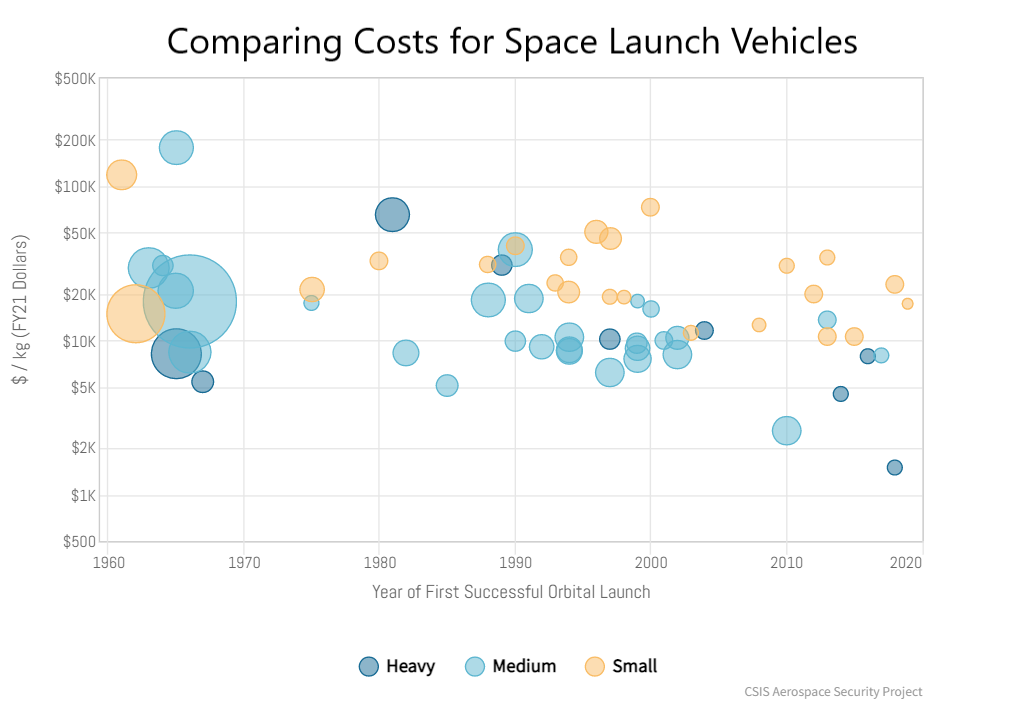Every year, millions of people sell their homes, and calculating interest for the sale can be tricky. Many of the structures are motor homes that are currently hot items in the vacation real estate market. Sellers can ask for reasonable prices and get dozens of offers within a few days.
If you sell such an asset to a qualified buyer who brings a substantial amount of cash as a down payment and then agrees to pay you a fixed monthly sum for 25 years, how can you figure your income from the transaction?
Using a Compound Interest Calculator
The answer is to leverage the power of a compound-interest calculator like the one here. Plug in the known data, and you’ll be able to see at a glance what your long-term return is on the sale of the motor home.
Of course, you can use a compound-interest calculator to figure the income from just about any sale where you know the monthly income stream, have a good idea of how much interest you’ll be earning on the cash flow, and are working with a fixed amount of time.

A Real-World Example
As noted above, it’s easy to get an idea of how compound interest can magnify your income when you invest the proceeds into an interest-bearing account. This is particularly true when you do so for many years in a row without withdrawing any of the funds.
Here’s a practical example that illustrates all the pertinent principles about compound interest.
– Advertisement –
Let’s say your great-uncle passed away and left you full title to his beloved motor home that had been sitting in storage for a few years while he lived in an assisted-living facility. For the sake of simplicity, we’ll assume you inherit the motor home free-and-clear of taxes.
You decide to sell it to a willing buyer because you already have a house and the motor home market is very lucrative for sellers at the time you inherit the asset. You put the home up for sale on an internet board and receive multiple offers almost immediately to avoid fees and commissions.
Eventually, you agree to sell to a buyer whose credit checks out and who agrees to obtain bank financing to make a down payment of $10,000 and monthly payments of $500 thereafter for a period of 25 years. Based on your consultation with your own banker and a friend who is a licensed real estate agent, you believe you got a fair price for the motor home and walk away from the deal with a smile on your face.
Deciding Where to Park the Money
After meeting with your own financial advisor, you agree to place the $10,000 down payment into a long-term, interest-bearing account that pays 4.5 percent annually but offers monthly compounding. You further decided to put each monthly payment of $500 into the same account and let the balance grow over the 25 years.
Because you essentially fell into this financial windfall through inheritance and don’t really need the money, you leave everything up to your financial advisor, who sends you quarterly account statements.
Collecting Your Payout
Twenty-five years pass, and you are ready to take the payout from the account. (Again, for the sake of simplicity and to highlight the power of compounding, we’re ignoring the entire issue of taxation for this example).
How much will be in the account, assuming the buyer made all payments in full and on time? Use the interest calculator to find out:
Begin by filling in the principal or “start amount,” in this case, the down payment you received. That’s $10,000.
Then fill in the interest rate percentage, which is 4.5, and the compounding frequency, which is monthly.
Next, include the length of term, which is 25 years, and the payment amount, which is $500.
Finally, indicate the payment frequency, which is monthly, and the start date, which is today (for the purpose of this example).

The Final Result of Calculating Interest
Under the calculator, you’ll see a section entitled “Summary.” It includes all the pertinent data you want to know. For example, you only began with the down payment amount, namely $10,000.
The next line of the summary is what we’re most interested in. It shows what the principal grew into over the 25 years, in this case, $307,236.43.
Next, the summary shows you the raw amount of payments you received from the buyer, which came to $150,000.
Finally, your “net profit,” or the amount above and beyond the raw payments and the down payment, came to $147,236.43. That is the amount of interest you earned throughout the entire 25-year period on the down payment and monthly payments.
What’s the bottom line? Nearly half of the money in the account is represented by interest. So, you did pretty well for yourself by placing all the payments into an interest-bearing account for 25 years and not touching the proceeds until the buyer made the final payment.



